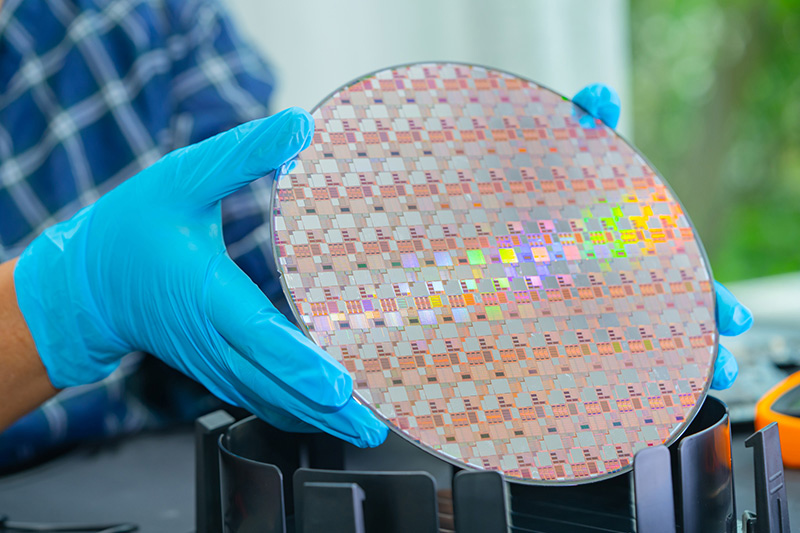2022-07-26 カリフォルニア大学バークレー校(UCB)
この記録的な重さの中性子星は、太陽の2.35倍の質量を持っており、天文学者は、この高密度の天体内の物質の奇妙な量子状態を理解するのに役立っています。
この中性子星の質量測定は、ハワイのマウナケア山にある10mケックI望遠鏡の極めて高い感度のおかげで可能となった。この望遠鏡は、今や大きなガス状惑星のサイズにまで小さくなった、熱く輝く伴星からの可視光のスペクトルをちょうど記録することができたのである。この星は、地球から約3,000光年の距離にある六連星(Sextans)の方向にあります。
<関連情報>
- https://news.berkeley.edu/2022/07/26/heaviest-neutron-star-to-date-is-a-black-widow-eating-its-mate/
- https://iopscience.iop.org/article/10.3847/2041-8213/ac8007
PSR J0952-0607: 銀河系で最も速く、最も重い中性子星 PSR J0952−0607: The Fastest and Heaviest Known Galactic Neutron Star
Roger W. Romani, D. Kandel, Alexei V. Filippenko, Thomas G. Brink, and WeiKang Zheng
The Astrophysical Journal Letters Published 2022 July 26

Abstract
We describe Keck-telescope spectrophotometry and imaging of the companion of the “black widow” pulsar PSR J0952−0607, the fastest known spinning neutron star (NS) in the disk of the Milky Way. The companion is very faint at minimum brightness, presenting observational challenges, but we have measured multicolor light curves and obtained radial velocities over the illuminated “day” half of the orbit. The model fits indicate system inclination i = 59 8 ± 1
8 ± 1 9 and a pulsar mass MNS = 2.35 ± 0.17 M⊙, the largest well-measured mass found to date. Modeling uncertainties are small, since the heating is not extreme; the companion lies well within its Roche lobe and a simple direct-heating model provides the best fit. If the NS started at a typical pulsar birth mass, nearly 1 M⊙ has been accreted; this may be connected with the especially low intrinsic dipole surface field, estimated at 6 × 107 G. Joined with reanalysis of other black widow and redback pulsars, we find that the minimum value for the maximum NS mass is Mmax>2.19M⊙(2.09 M⊙) at 1σ (3σ) confidence. This is ∼ 0.15 M⊙ heavier than the lower limit on Mmax implied by the white dwarf–pulsar binaries measured via radio Shapiro-delay techniques.
9 and a pulsar mass MNS = 2.35 ± 0.17 M⊙, the largest well-measured mass found to date. Modeling uncertainties are small, since the heating is not extreme; the companion lies well within its Roche lobe and a simple direct-heating model provides the best fit. If the NS started at a typical pulsar birth mass, nearly 1 M⊙ has been accreted; this may be connected with the especially low intrinsic dipole surface field, estimated at 6 × 107 G. Joined with reanalysis of other black widow and redback pulsars, we find that the minimum value for the maximum NS mass is Mmax>2.19M⊙(2.09 M⊙) at 1σ (3σ) confidence. This is ∼ 0.15 M⊙ heavier than the lower limit on Mmax implied by the white dwarf–pulsar binaries measured via radio Shapiro-delay techniques.


